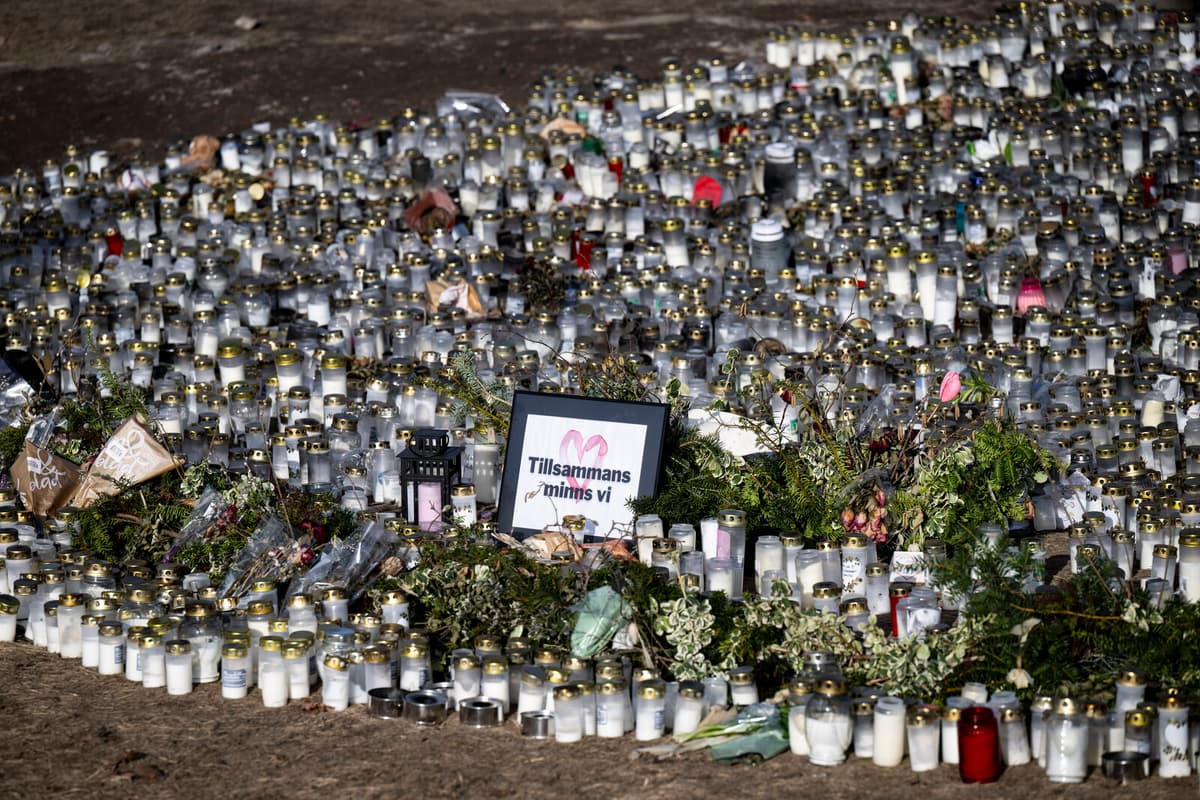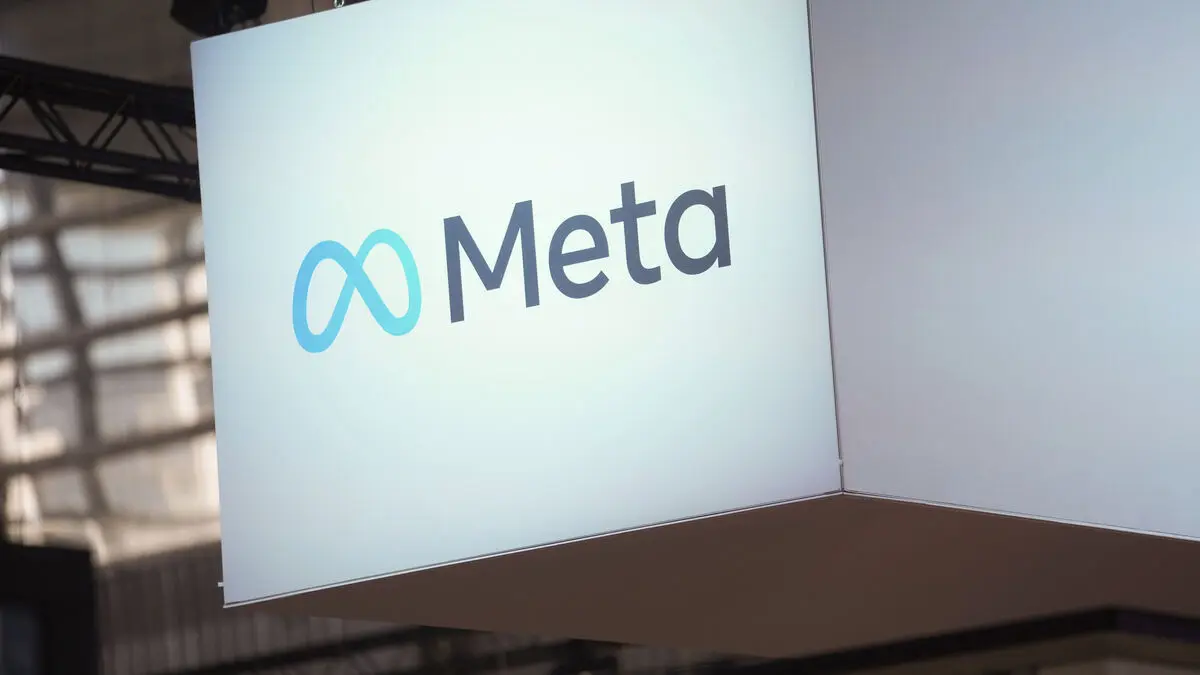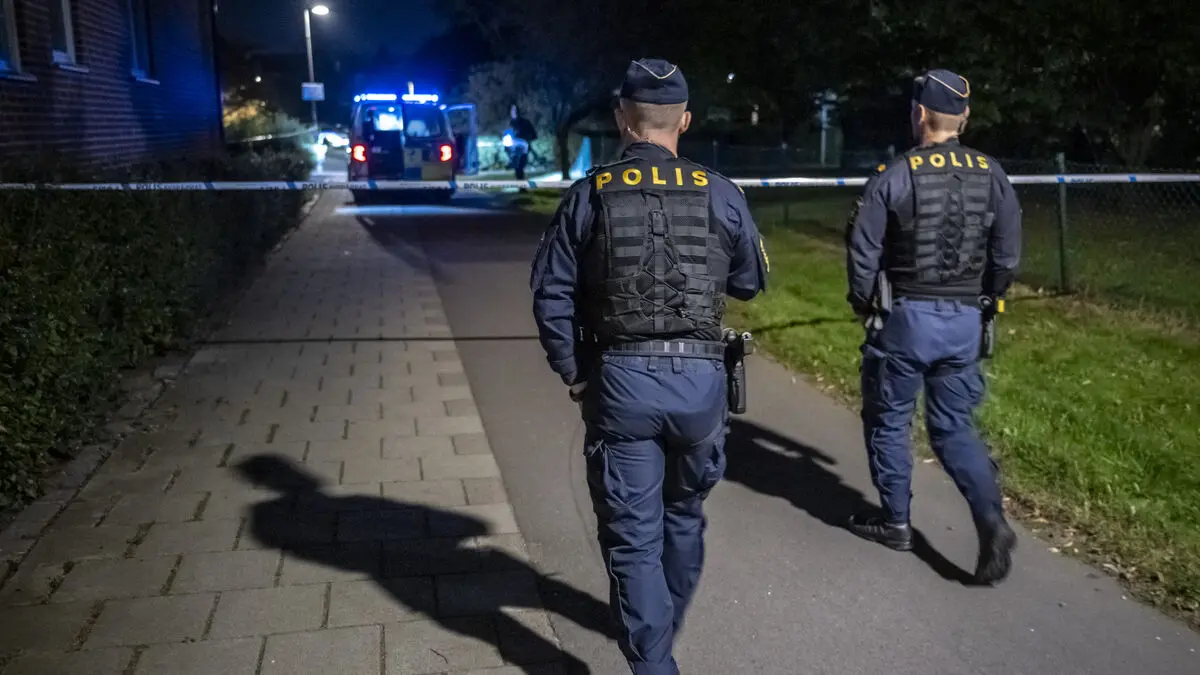The day after, the museum's photographer Per Torgén, along with a communicator, went out to take pictures and document the reactions to the mass shooting, which was described as the worst in Swedish history. Ten people had been killed by the perpetrator, who then shot himself.
The sea of lights began at a refuge, which was soon moved to the other side of the road. When employees of Örebro Municipality finally collected the candles in a large storage room one night, they were estimated to be between 25,000 and 30,000.
It was an extraordinary event, says Johanna Björck.
Emotions
She tried to make a representative selection: 57 objects and 67 letters from the sea of lights are now at the museum. A hundred people have also shared their memories, some publicly, via a digital platform. The collection is still ongoing. The purpose is not to document the attack itself, but rather people's experiences, emotions, and reflections on what happened.
"I think people are definitely scared, which makes us need each other more than ever, to see the whole society come together, I believe, will make us stronger in the long run," writes one person.
Another hopes for more community and belonging, but is afraid that it will instead lead to more mistrust and division.
Post-it Notes
After the terrorist attack on Drottninggatan in Stockholm, people expressed themselves on post-it notes that were put up on plywood boards covering the shattered storefront window of Åhléns. These are now at the Stockholm City Museum, where researchers have studied them, says unit manager Johanna Karlsson.
Örebro County Museum is currently closed for renovation, but when it reopens, probably at the end of 2027, the attack on Risbergska may be included in some way in the new permanent exhibitions. The museum has also applied for funding to allow an ethnologist to conduct in-depth interviews, says Johanna Björck.
We want to delve deeper into what happens to a society. It can also be part of a larger theme on the role of museums in processing trauma.





